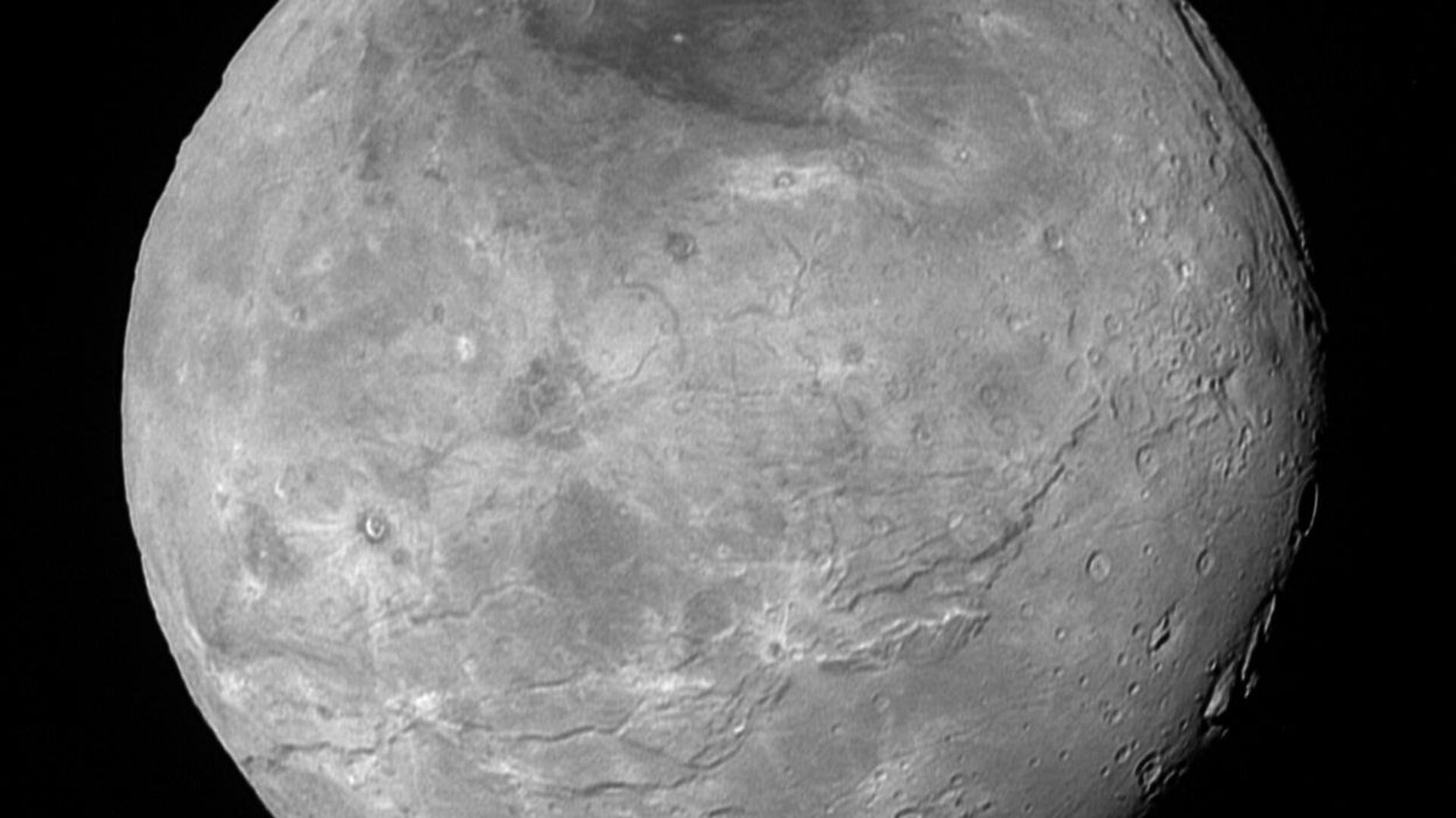Chinese Scientists Build 'Artificial Moon' to Conduct Experiments in Low Gravity
06:36 GMT 15.01.2022 (Updated: 17:11 GMT 20.06.2023)
Subscribe
According to the South China Morning Post, the facility located in Jiangsu Province, will play an important part in the exploration of the Moon as China plans to land its astronauts on Earth's satellite by 2030 and set up a base there.
Chinese scientists have built an artificial moon that will make it possible to conduct experiments in low gravity. According to the researchers, their creation is the first of its kind in the world and is designed so that it can make gravity "disappear". The researchers say they were inspired by an experiment conducted by the Russian-Dutch-British physicist Andre Geim, who used magnets to levitate a frog.
The device consists of a 2-foot room placed inside a vacuum chamber, which, in turn, has two powerful magnets. The magnets generate a strong magnetic field, making the room levitate. Chinese researchers simulated the lunar landscape in the room, putting rocks and dust in there.
Simulating low gravity requires flying in an aircraft and tests last minutes, with this artificial moon one can simulate low gravity "for as long as you want", its creators say.
Chinese scientists now plan to test the facility on Earth before it will be sent to the Moon, where gravity is about a sixth of that on our planet.
"Some experiments, such as an impact test, need just a few seconds. But others, such as creep testing, can take several days", said Li Ruilin, a geotechnical engineer at the China University of Mining and Technology.
The device consists of a 2-foot room placed inside a vacuum chamber, which, in turn, has two powerful magnets. The magnets generate a strong magnetic field, making the room levitate. Chinese researchers simulated the lunar landscape in the room, putting rocks and dust in there.
Simulating low gravity requires flying in an aircraft and tests last minutes, with this artificial moon one can simulate low gravity "for as long as you want", its creators say.
Chinese scientists now plan to test the facility on Earth before it will be sent to the Moon, where gravity is about a sixth of that on our planet.
"Some experiments, such as an impact test, need just a few seconds. But others, such as creep testing, can take several days", said Li Ruilin, a geotechnical engineer at the China University of Mining and Technology.
Why Does China Need an 'Artificial Moon'?
Beijing along with other space superpowers like Russia and the United States, plan to land astronauts on Earth's satellite and even establish a presence there. Because this will be a first of its kind mission scientists need to know how certain materials and technology will behave in the lunar environment over a long time.
There is no atmosphere on Earth's satellite and temperatures can change drastically in a short period of time.
Researchers say they have already conducted a test on the prototype of their creation. It showed that drill resistance could be much higher on the Moon than was previously predicted. Further tests may reveal whether 3D printing is possible on the lunar surface and if the answer is yes, then this will facilitate exploration of the Moon – instead of sending heavy and expensive equipment to our satellite, researchers will be able to build it there.
"Some experiments conducted in the simulated environment can also give us some important clues, such as where to look for water trapped under the surface", Li Ruilin said.
The researchers plan to make the facility available to scientists around the world. Beijing plans to send astronauts to the Moon by 2030 and set up a base there some time later.
Incidentally, Chinese researchers are also conducting experiments with an "artificial sun". According to the news agency Xinhua, the Experimental Advanced Superconducting Tokamak fusion reactor, which has produced temperatures five times hotter than the real Sun, could ring in an era of limitless clean energy.
Researchers say they have already conducted a test on the prototype of their creation. It showed that drill resistance could be much higher on the Moon than was previously predicted. Further tests may reveal whether 3D printing is possible on the lunar surface and if the answer is yes, then this will facilitate exploration of the Moon – instead of sending heavy and expensive equipment to our satellite, researchers will be able to build it there.
"Some experiments conducted in the simulated environment can also give us some important clues, such as where to look for water trapped under the surface", Li Ruilin said.
The researchers plan to make the facility available to scientists around the world. Beijing plans to send astronauts to the Moon by 2030 and set up a base there some time later.
Incidentally, Chinese researchers are also conducting experiments with an "artificial sun". According to the news agency Xinhua, the Experimental Advanced Superconducting Tokamak fusion reactor, which has produced temperatures five times hotter than the real Sun, could ring in an era of limitless clean energy.



